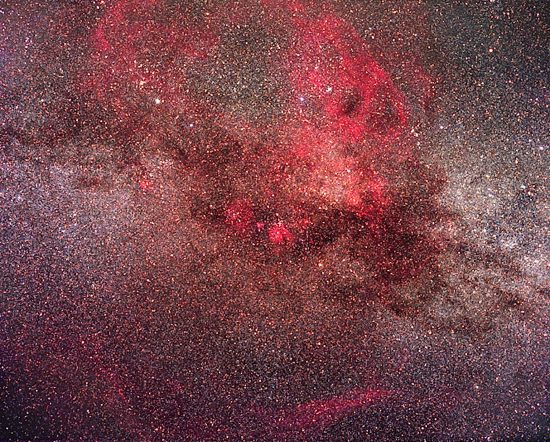
May 29, 2020
Earth is part of a coherent “cosmic ecology”.
In an Electric Universe, what is observed on other planets, within galaxies, or in free space should be used to model the Universe, rather than using Earth-based examples.
Australian astronomer Colin Stanley Gum compiled a catalog of nebulae before his death in 1960. A Study of Diffuse Southern H-alpha Nebulae comprises 85 images that reveal intense activity within a variety of objects and structures embedded in them: extreme ultraviolet and X-ray emissions, blue-white supergiant stars, and regions of filamentation.
Star formation in nebulae is supposed to occur when “blowing” dust, with “winds” created by “shock waves” interacts with clouds of gas, causing their condensation. Points of X-ray radiation supposedly indicate that new thermonuclear fusion reactions have begun within the cloud.
Consensus opinions suggest that shock waves from “stellar winds” generated by supernovae ram through star-forming regions, causing the wispy dust and gas to compress along the shock front. It is that initiator that “jump-starts” star formation, although how stellar winds “blow” through space until they encounter a nebular cloud is not known. Another problem associated with nebular star formation is that shock-heated gases should dissipate from the increased heat, not collapse.
Electric Universe theory suggests that radio waves and a range of energy curves are properties of lightning bolts from double layer explosions. Computer simulations demonstrate that plasma phenomena are scalable over several orders of magnitude: they behave in the same way and illustrate basic premises whether in atoms or galaxies.
Experiments also confirm that plasma formations in space can be modeled in the laboratory due to that scalability factor. Under similar conditions, plasma discharges produce the same formations independent of size. Since duration is proportional to size, an electric spark that lasts for microseconds in the laboratory might last for years at the stellar scale, or for millions of years at the galactic scale. Or, they might suddenly erupt and then dim again.
Nobel laureate Hannes Alfvén maintained that double layers are unique, and that intense X-ray sources could be due to double layers “shorting out” and exploding. Double layers can accelerate charged particles up to enormous energies in a variety of frequencies, forming “plasma beams.” If the charge density becomes excessive, they draw electricity from the entire circuit, discharging more energy than was contained in the double layer. Double layers dissipate when they accelerate particles and emit radiation, so they must be powered by external sources. Birkeland currents are theorized to transmit electric power over many light-years through space, perhaps over thousands of light-years.
This vision of the cosmos sees various components driven by circuits at ever larger scales. Electrons and other charged particles accelerating through intense electric fields radiate energy in many bandwidths. Changing conditions within the Birkeland current generators of some galaxies means that the radiation patterns will change over time, and nebulae demonstrate those changing conditions.
Stephen Smith
The Thunderbolts Picture of the Day is generously supported by the Mainwaring Archive Foundation.












